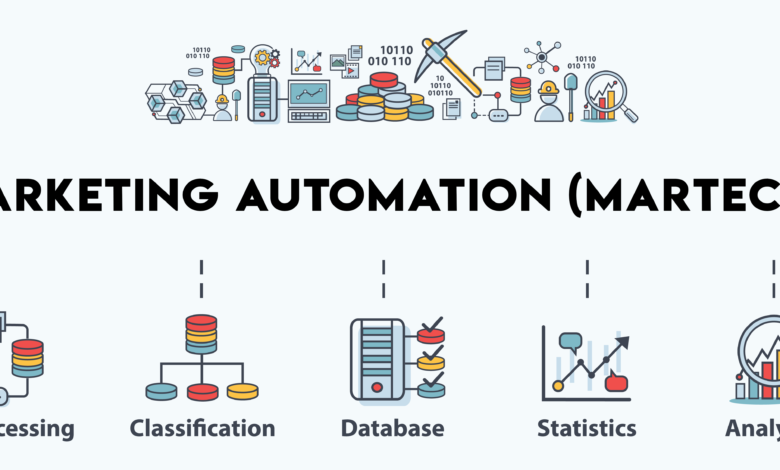Little Known Facts About social listening tools.
Little Known Facts About social listening tools.

Four reasons agencies should engage insocial listening
2020isan exciting year of change.Increasingly, the brandsweall know and loveare beingaskedto take a more meaningfulrole in shaping our worldwelive in.
In more ways than ever beforeagenciesrequire a better approachto listen.As we have shown inourlatest industry report,companies that use social listeningcan help their clients createmore value, gain a better understanding oftheirmarketand createmore compellingwork.However, those who opttogo withoutaredependent on thesame old heuristics and instincton their own.
Stillnot convinced?Here’s four reasons why youragencyshould invest in social listeningnow.
1. Finding valuable consumer insights
Intoday’s highly connected world, brands need tobeattentive to their customers desires, needs,and even their own opinions.
Case in point: thetop-rated topiconour digital marketing agency report wasthe interactionbetweenconsumer insights and brands.Consumers have their own concerns thatagenciescan address, and they’re becomingmoreloud than ever.
Conversation Clustersisan easy-to-use datavisualization toolthat will help youquickly discover, comprehend,andvisualize the context aroundany subject in aglance.
HTML0In conjunction with social listeninginformation, agencies can assisttheirclients to builddeeper, more valuable relationshipswith their customers.
Social listeningcan help agencies discoverthe data that will givethem anedge.It could lead to asolution tothe unexplored demographics or provide a fresh perspectiveon a product to supportan innovative pitch.
For one agency it was a cleverresponse to the recent lockdown craze.By tapping into the massivesuccess of thegame Animal Crossing: New Horizons, Ogilvy Toronto delivered oneof the most memorablecollaborations oftheyear.For five days, playerswere ableto exchange their turnips -one ofthe game’s most valuable objectsfor food – into actual food donations(atotal of $25,000 worth).
Ultimately, agencies that use social listening to gather consumer insights are better placed to frame their client’s goods and services in a contextually-relevant way.
2.A bettermeasurement
Before the advent ofsocial media, the majority of advertisersand communications companies relied onbottom-line metrics like salesto measure the effectivenessand effectiveness of their efforts.While there’s nothing particularlynegative about that,the method can be a bitofa blunt instrument.
In the present, agencies requiremore sensitive ways to modelandunderstand the valuetheycan providetheir clients.By paying attention to social media, itgives your agency morecontrolof client campaigns,with immediate feedback from manychannels.It also lets you segment stratify, prioritize, and selectchannels thatgive themost valuable information necessary.
To start with, forinstance, you will findan overviewof the effect of acampaign hashtag, hashtag,ortalking point , along withan engagementmeasure likepotential reach.From there, you cango deeper.Being able to focusimportant streams of datacoming fromFacebook, Instagram, Twitter (plusnumerous otheroffline sources)gives you a comprehensiveoverview of the way that customers feelabout your brand, and also your creativity.
Being able identifythe people who are saying what, and -in addition, howtheythink of your clientsthrough a solution like”sensitivity analysis,” providesan excellentexample of how effective formsoffeedback using social listeningcan help organizations stay ahead of the curve.Our report on industry findings revealedan unambiguous correlation betweenpositive response to an adcampaign such as Nike’s “You’ll NeverStop Us’ advertisement -and the agencythat created it, forinstance(Wieden+Kennedy).
Topic analyticscan help you seeconnections between different topics, and giveyou an extremely visual waytorepresent important relationships.
3. Crisis management
The voice of the consumer is louderthanthey’ve ever been.The voice of the consumercan be heard everywhereinreal time.
You would expect thatmanaging crises is an essentialpart of listening to social media.Agents who spot problems astheyoccur will have an edgeover theircompetition.Additionally, they will be able tosecure their clients more effectively.
An effective strategy of social listeningassists agencies in a widerange of different crisis management scenarios.Complaints about faulty products becomereal-time conversations to address issues or gather information tocorrect negative perceptions.In the wake of a sudden change in opinion, thingsare now manageable.Feedback from poorly received creative isan indication of how to improveor, inserious cases look for a new direction.
In the end, social listening aidsagenciesbecome guardians for thebrands theycollaboratewith. Itinforms clientsof issues they couldnot have noticed and gives them theinformation needed to createa measured and informedresponseas a group.
4. Competitive intelligence
Our report on the industry of agency exploredthemarket’s challengesin 2020.In the wake of the pandemic that plunges worldeconomies intouncertainty, agencies areseeking new ways to innovateandsucceed. Competitive intelligence isjust one ofthem. Inessence, social listening tools lets youget into the most importantconversationsthat people aren’t having withyou.
Yourcompetitors havedifferent strategies and methodsfor success.Just likeyou, they’veput infunds and time to build them.With social listening, agenciesare able to participate in critical discussionsregarding the ways and reasonsother brands do well:
-
What’s driving the popularityof aspecificcampaign?
-
How can brands make use ofspecific media to makethemostimpact?
-
How can you gauge yourselfwith the rest of the world?
Through a successfulsocial listeningsystem Competitive intelligence can beeffortlessly integrated into your go to marketstrategy. Without it your organizationwill be leftwithout all the data neededto navigate an ever-changingworld.And ifDarwinhad any lesson to teach us, it’s that only thoseorganisms that adaptthrive.



